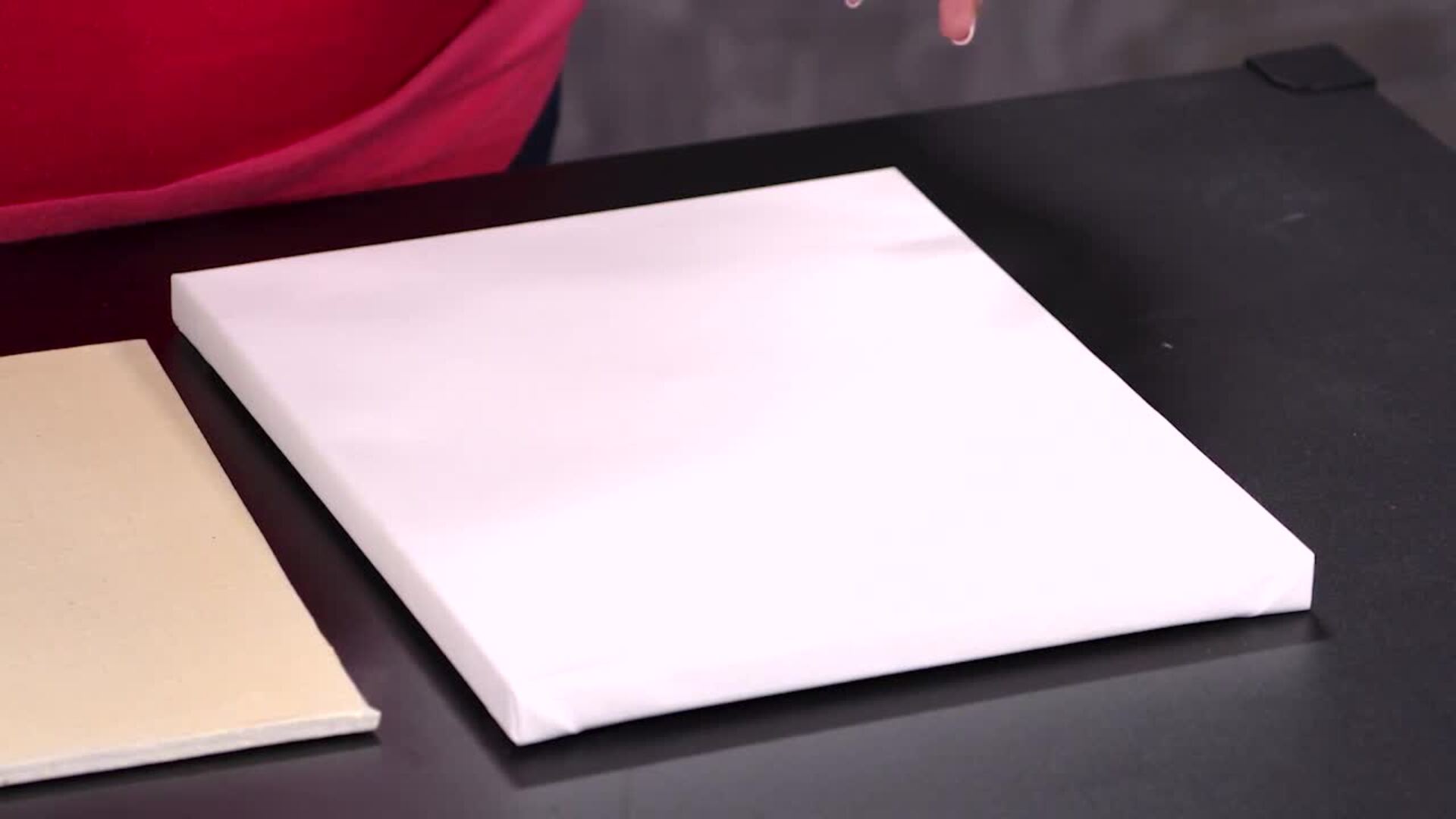
Choosing Your Surface for Oil Painting
Katie Liddiard
Description
You’ll also have many options for the size of a stretched canvas from very large to very small, Katie says, without ever adding too much weight to the painting overall (note that large canvases may require additional wooden crossbars for stability). Larger panels, comparatively, will be heavier and more awkward to work as you go up in size, and you may hit size limitations that you could overcome with canvas. A stretched canvas can also be removed from its stretcher bars and rolled, while clearly that wouldn’t be an option with a panel. Panels have their strong points, however. The back is fully protected, while a canvas’s open back is exposed to air and moisture that can possibly compromise the paint film. Katie will often choose a panel when longevity and archival integrity are important for the artwork.